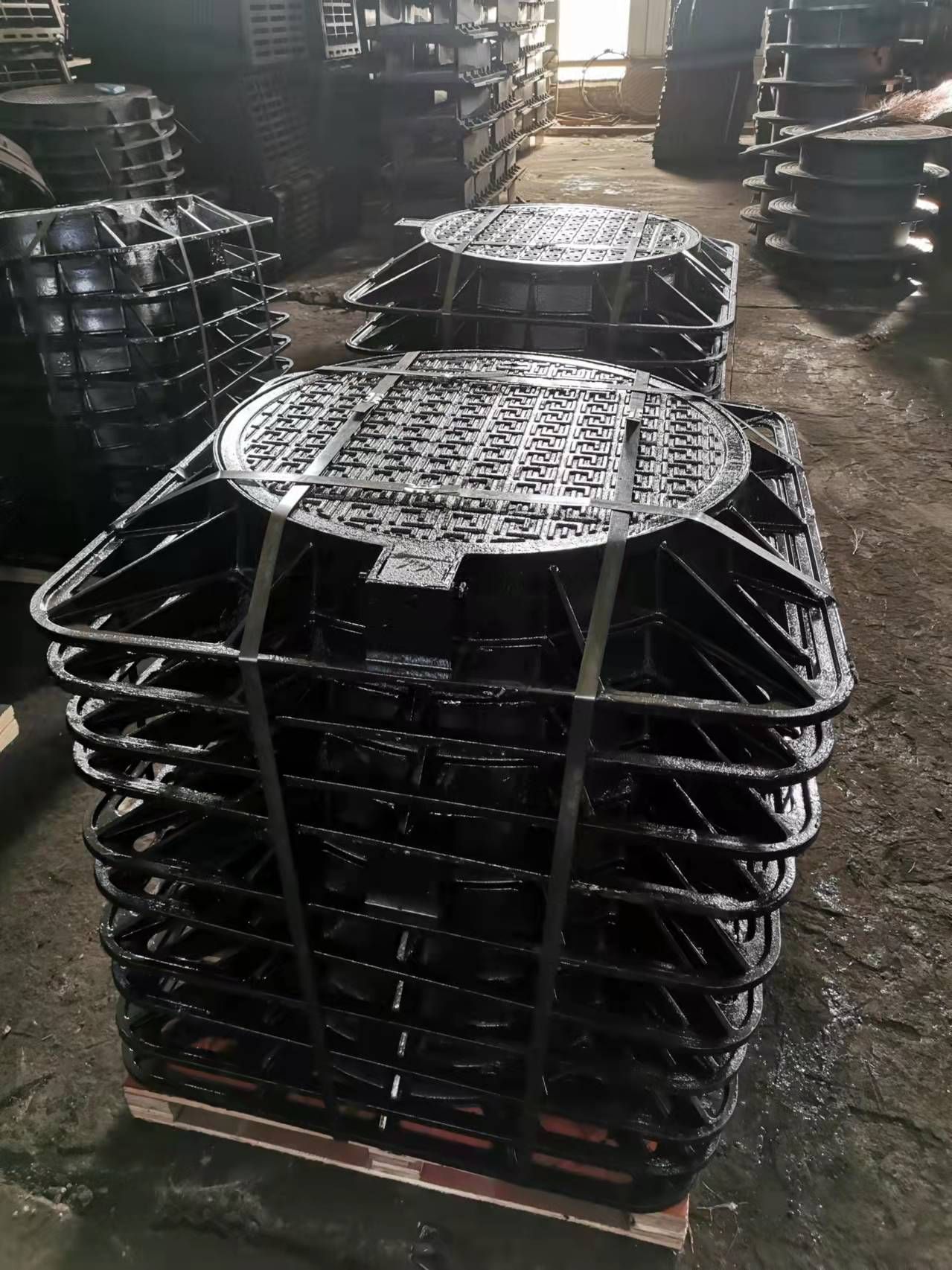manual rising bollards
Understanding Manual Rising Bollards A Comprehensive Guide
In the realm of urban planning and infrastructure design, manual rising bollards have emerged as an essential component for enhancing security and regulating vehicular access. These vertical posts, manually operated to rise and fall, serve a wide array of purposes, from protecting pedestrian zones to safeguarding private properties. This article delves into the various aspects of manual rising bollards, including their functionality, benefits, applications, and installation considerations.
What are Manual Rising Bollards?
Manual rising bollards are vertical structures designed to control vehicle access to specific areas. Unlike automated bollards that operate through remote control or sensors, manual bollards require human intervention to raise or lower them. Typically made from robust materials such as stainless steel or reinforced concrete, these bollards provide a durable solution for managing traffic while maintaining a physical barrier against unauthorized vehicles.
Functionality and Operation
The operation of manual rising bollards is straightforward. Users can manually lift the bollard by using a lock and lever mechanism, which allows the bollard to be raised into position when vehicle access is permitted. To lower the bollard, the user simply unlocks it and pushes it back down into a recessed position. This simplicity is one of the key attributes of manual bollards; they require minimal training for users and can be deployed quickly in various situations.
Benefits of Manual Rising Bollards
1. Enhanced Security One of the primary advantages of manual rising bollards is their ability to provide a physical barrier against unauthorized vehicles. By controlling access to sensitive areas—such as government buildings, event venues, and pedestrian zones—manual bollards increase security significantly.
2. Cost-Effective Solution While automated bollards may involve higher initial investment and maintenance costs, manual rising bollards are generally more affordable. Their lower price point, combined with minimal maintenance requirements, makes them an attractive choice for many organizations.
3. Flexibility Manual rising bollards can be easily deployed in various settings including parks, streets, and commercial areas. Their versatility allows for customized installations based on specific site needs.
4. Simplicity The uncomplicated mechanism of manual rising bollards makes them user-friendly. Even non-technical personnel can manage them effectively, which can be critical during emergencies or high traffic periods.
Applications
Manual rising bollards have a broad range of applications across diverse sectors
manual rising bollards

- Urban Areas Cities utilize manual bollards to restrict vehicle access in pedestrian-heavy areas, enhancing safety for pedestrians and cyclists.
- Event Management During events, these bollards can regulate traffic flow and create secure perimeters, ensuring public safety and smooth operations.
- Private Properties Businesses and residential complexes often install manual bollards to protect their premises from unauthorized access.
- Cultural Heritage Sites At historical sites, manual bollards can prevent vehicles from damaging fragile environments while still allowing for efficient visitor access.
Installation Considerations
Installing manual rising bollards requires careful planning and consideration. Key factors to consider include
1. Location Assessment The site must be assessed for suitability, considering factors like traffic patterns, existing infrastructure, and pedestrian flow.
2. Materials Selection The choice of materials is critical for durability and aesthetics. Stainless steel is a common choice, as it is resistant to corrosion and offers a modern look.
3. Height and Visibility Bollards should be of adequate height and visibility to ensure that they serve their purpose effectively, without becoming a hazard for pedestrians.
4. User Training Although manual bollards are easy to operate, providing training for personnel who will be responsible for their management can enhance efficiency and safety.
Conclusion
Manual rising bollards represent a versatile, cost-effective, and secure solution for managing vehicle access in various settings. Their simple operation and robust design make them an ideal choice for enhancing safety in urban environments, events, and private properties. By understanding their functionality and applications, urban planners and property owners can make informed decisions about incorporating manual rising bollards into their security strategies. This proactive approach not only safeguards spaces but also contributes to a more organized and pedestrian-friendly environment.
-
The Smarter Choice for Pedestrian AreasNewsJun.30,2025
-
The Gold Standard in Round Drain CoversNewsJun.30,2025
-
The Gold Standard in Manhole Cover SystemsNewsJun.30,2025
-
Superior Drainage Solutions with Premium Gully GratesNewsJun.30,2025
-
Superior Drainage Solutions for Global InfrastructureNewsJun.30,2025
-
Square Manhole Solutions for Modern InfrastructureNewsJun.30,2025
-
Premium Manhole Covers for Modern InfrastructureNewsJun.30,2025
